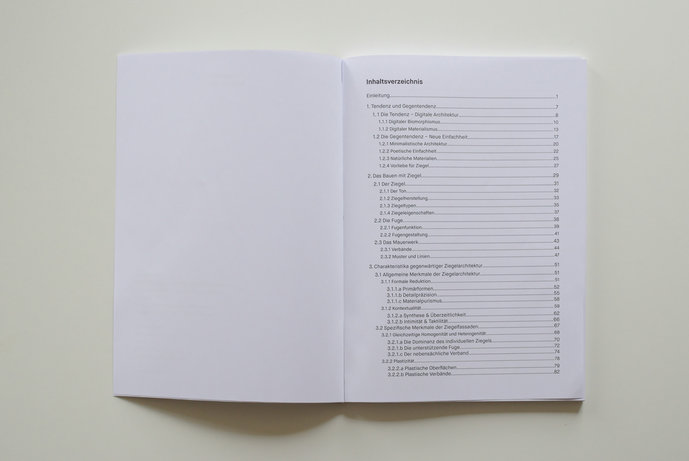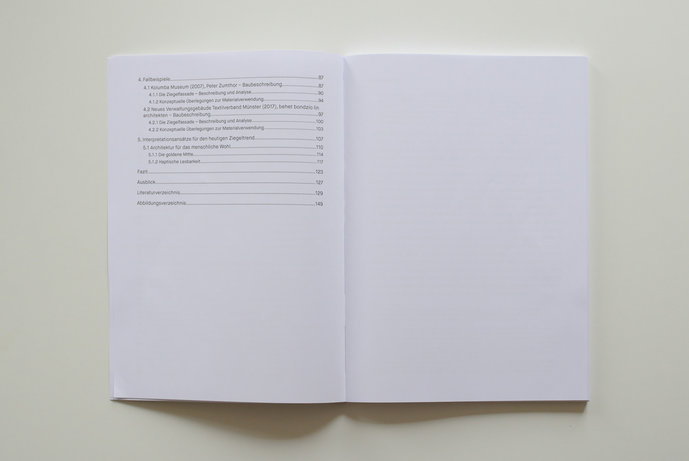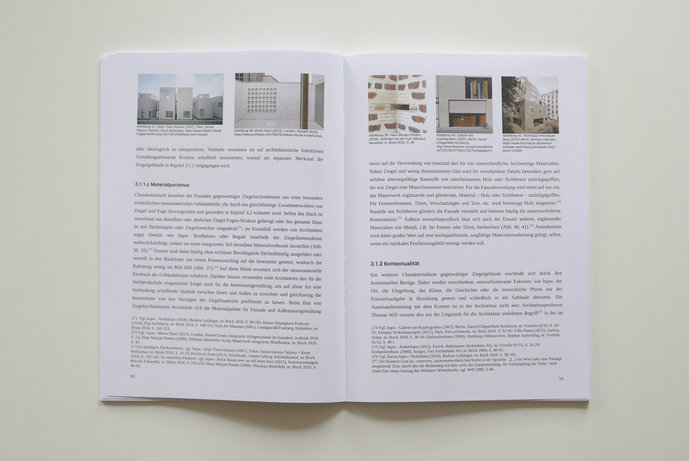

© Lydia Ninon Schubert


© Lydia Ninon Schubert


© Lydia Ninon Schubert


© Lydia Ninon Schubert
Almost all areas of human life are affected by the digital revolution. Principles of digital media like virtuality, omnipresence, acceleration, arbitrariness, simultaneity, immateriality, and transformation not only change external living conditions; a new interpretation of reality is formed through altered space and time. More than twenty years ago, the philosopher Wolfgang Welsch had already observed a counter trend that was little acknowledged as effects of the digital turn, expressing a new fascination for non-digital experiences and a revaluation of the classic perception of reality. Characteristics of these experiences were for example, immediacy, non-repeatability, singularity, permanence, individuality and physicality that express their development as complimentary and polar opposites to the prevailing trend toward digitalization. It is a reaction against the unfulfilling, sensory, or psychosomatic requirements of a world of experience that is perceived as one-sided due to the omnipresence of digital media, better satisfied by non-digital media with stronger links to body and material. In this context, anthropology’s longing for authenticity for contemporary society can become valid, grounded in the digitally compromised lack of immediate, unique and sustainable experiences. Welsch advocates therefore with regards to an improved satisfaction of needs, a simultaneous parallelism and unambiguous connection of both digital and classical experiences of reality, that could find expression, for instance, in a design by a user.
Lydia Schubert’s master’s project ties in with this reference framework, whereby she assigns the current, material-oriented, sensibility focused and particularly human movement in architecture a place in the counter trend described above, positioning them as a counterpoint to digital tendencies. The aim of the work is to examine this theory by elaborating specific forms and modes of action of the counter trend. It should also be clarified whether the buildings have a potential to combine qualities of both tendencies. While the digitization hype that emerged in the 1990s, parallel to the onset of the digital revolution, revolves around biomorphic free-form architectures and material innovations, an architectural community emphasizing materiality and sensuality including for instance, the offices of Herzog & de Meuron, David Chipperfield Architects or Lederer + Ragnarsdóttir + Oei, has focused more and more on the use of so-called natural materials over the years.
The enthusiasm for the natural, real and handcraft goes hand in hand with the increasing use of conventional building material such as wood, natural stone, exposed concrete and bricks, but it points to a fundamental revaluation of material and surfaces in architecture that can be located in the material turn as it is known in the humanities and cultural sciences. For a long time in architecture, it was mainly form, structure and space that validated the most attention. Increasingly, the focus is on the interaction between material, structure and environment, and the question of material is closely related to the whole concept. This was also a reason to approach the current polar-opposite trends in architecture with a substantive analysis of the material within the scope of the project, creating a starting point for any considerations.
In the fascination for natural materials, the use of bricks for the design of facades is particularly noticeable, so the counter trend - using this material as an example - will be discussed and analyzed in this project. Within the long success story of the brick, marked by some fluctuations, a peak in popularity can be seen again after years of slump. One could almost talk of a revival or a brick trend in architecture. However, one architectural theoretical discussion on this phenomenon is missing that goes beyond individual buildings. This is where this work seeks to make a contribution. In order to show a collective design characteristic, ascribe meaning and conceptually anchor contemporary brick architecture, four main points are chosen after a comprehensive comparative review of various image and text material, with which the nature of the trend is expressed. These will be used as a classification system forming the basis for the description and analysis of the work.
Tutors: Prof. Dr. Matthias Bruhn (HfG Karlsruhe), Prof. Dr. Riklef Rambow (KIT – Fakultät für Architektur)